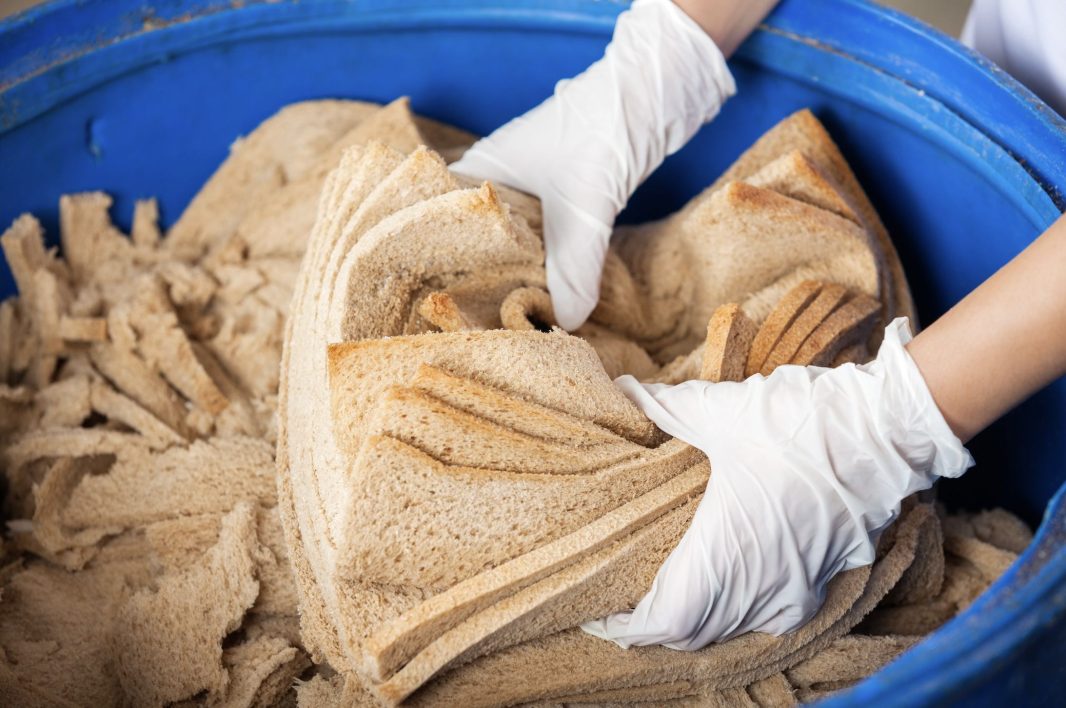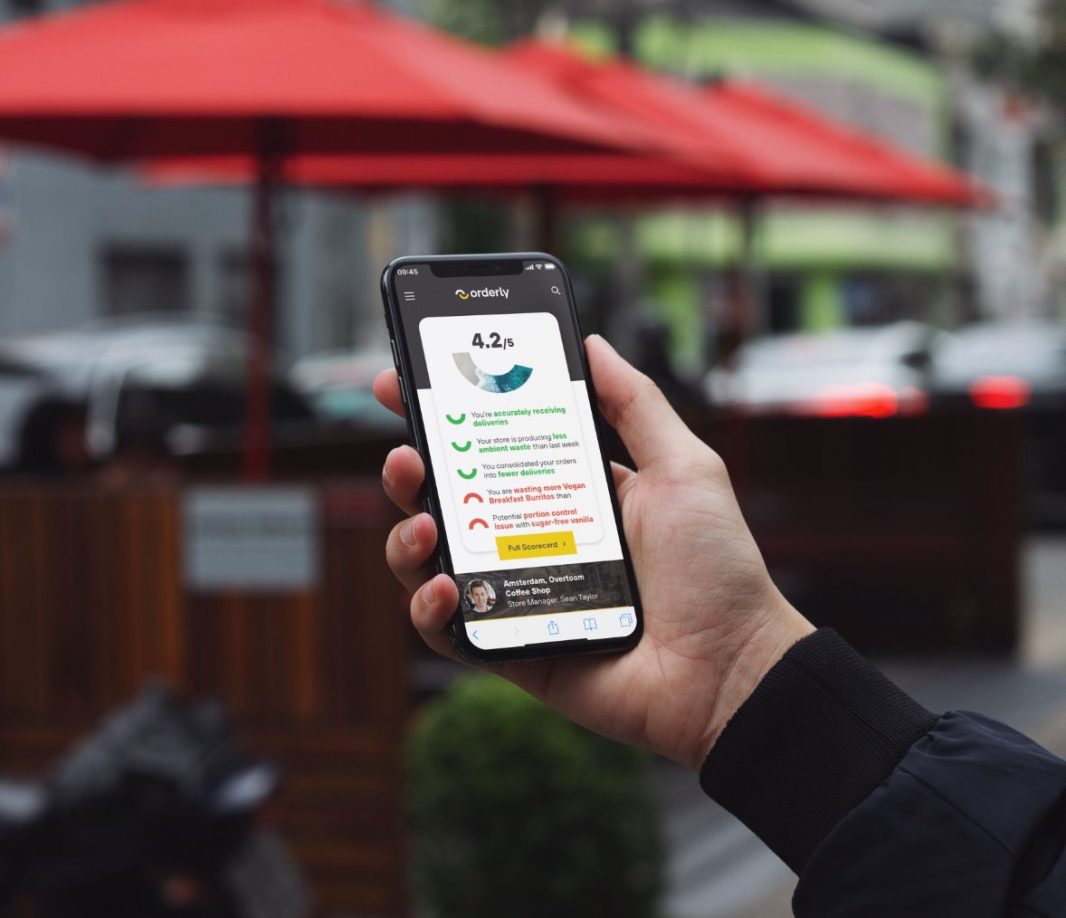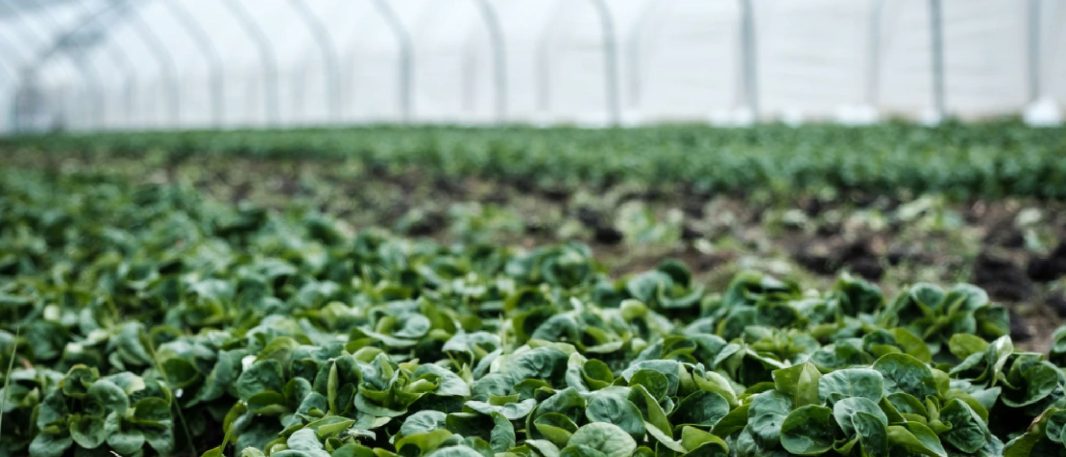Almost every enterprise food and beverage organisation have had huge drives on supply chain optimisation in recent years to reduce costs and inventories whilst increasing asset utilisation. This has removed much of the comfort zone and flexibility needed to cope with large shifts in demand, as illustrated plainly by COVID-19. Companies are now more aware of the potential vulnerabilities their supply chain relationships have to major spikes and troughs.
Since you are reading our blog, you should be well aware that many new supply chain technologies are emerging that dramatically improve visibility across the end-to-end supply chain, and can support the abilities of these enterprises to cope with volatile demand. No longer is the supply chain model linear — it can now be described more so as a series of digital supply networks (DSNs), where silos are removed and visibility is increased to empower transparency, agility and collaboration between all links of the supply chain.
This does not work when your technology doesn’t work.
Just having a disaster recovery plan is not enough though. As our business environment changes daily with further news of closing businesses, and with Brexit on the horizon, your risk assessments should be regularly looked at and your disaster recovery plan tested. This area sits as high on the management agenda as business development does.
Are your IT systems set up so there is absolute clarity when it comes to your supply chain? Do you know who your suppliers’ suppliers and buyers’ buyers are and how the introduction of tariffs might impact them? Have they made their own preparations to ensure continuity? Discuss your recovery plan with them and ask them about theirs. Being open and honest is good for everyone’s business as this will ensure continuity for both you and your suppliers.
Right now, you are possibly still dealing with some of the aftermaths of the pingdemic – but there are still ripples from Brexit to consider (Christmas toy shortage anyone?). In the event of another winter lockdown, there will inevitably be further supply chain issues, so are your supply chain IT systems up to giving you real-time statistics to see what position you are in?
Can they cope with another shock?
One thing is for sure, now you have to regularly test the resilience of your supply chain IT disaster plan as the uncertainties in the economic world right now means you will have to react quickly to changes. If your supply chain IT systems aren’t performing talk to us to see how we can help you — our solutions enable best of breed functionality inside your service—orientated supply chain IT architecture. Removing single points of failure and providing the right data to the right people at the right time to influence sustainability and responsibility throughout your supply chain.







